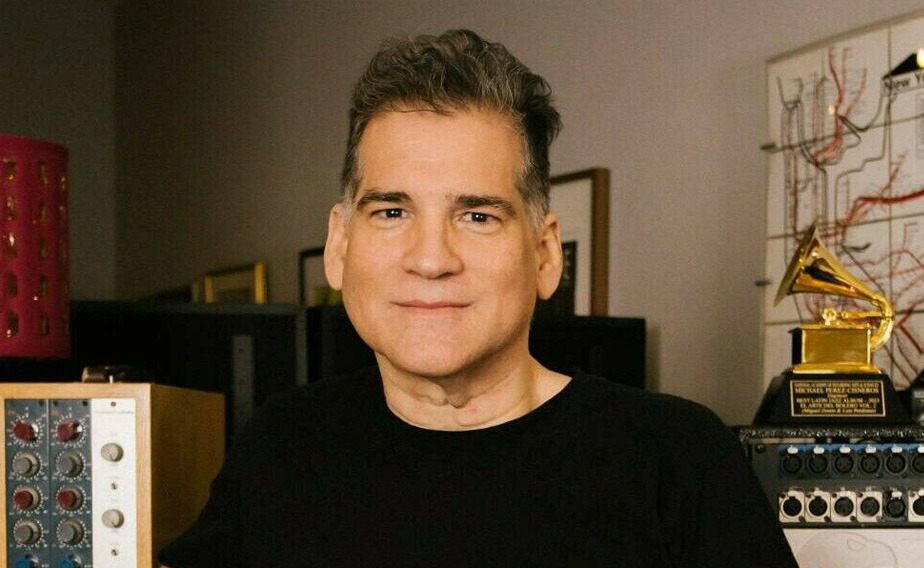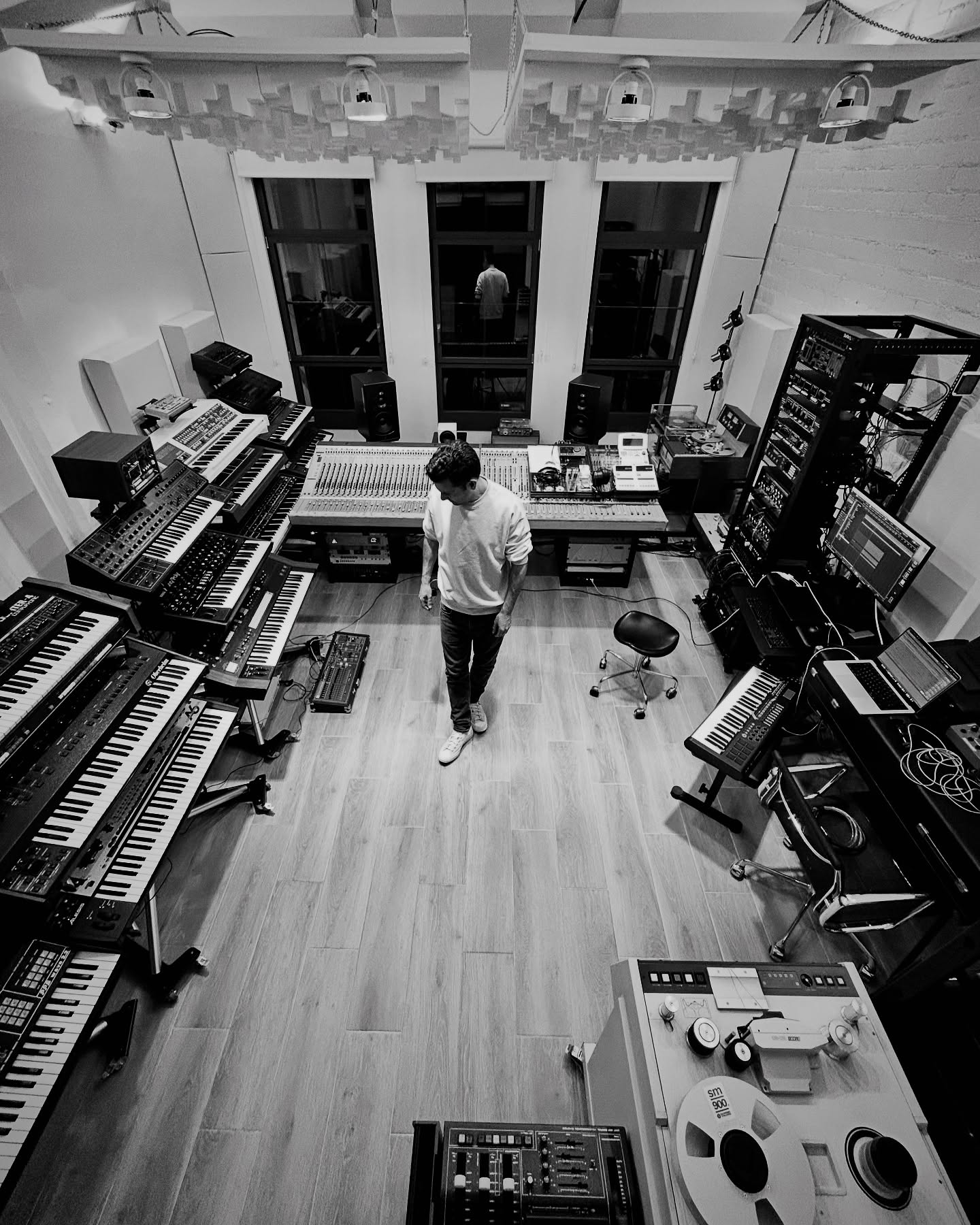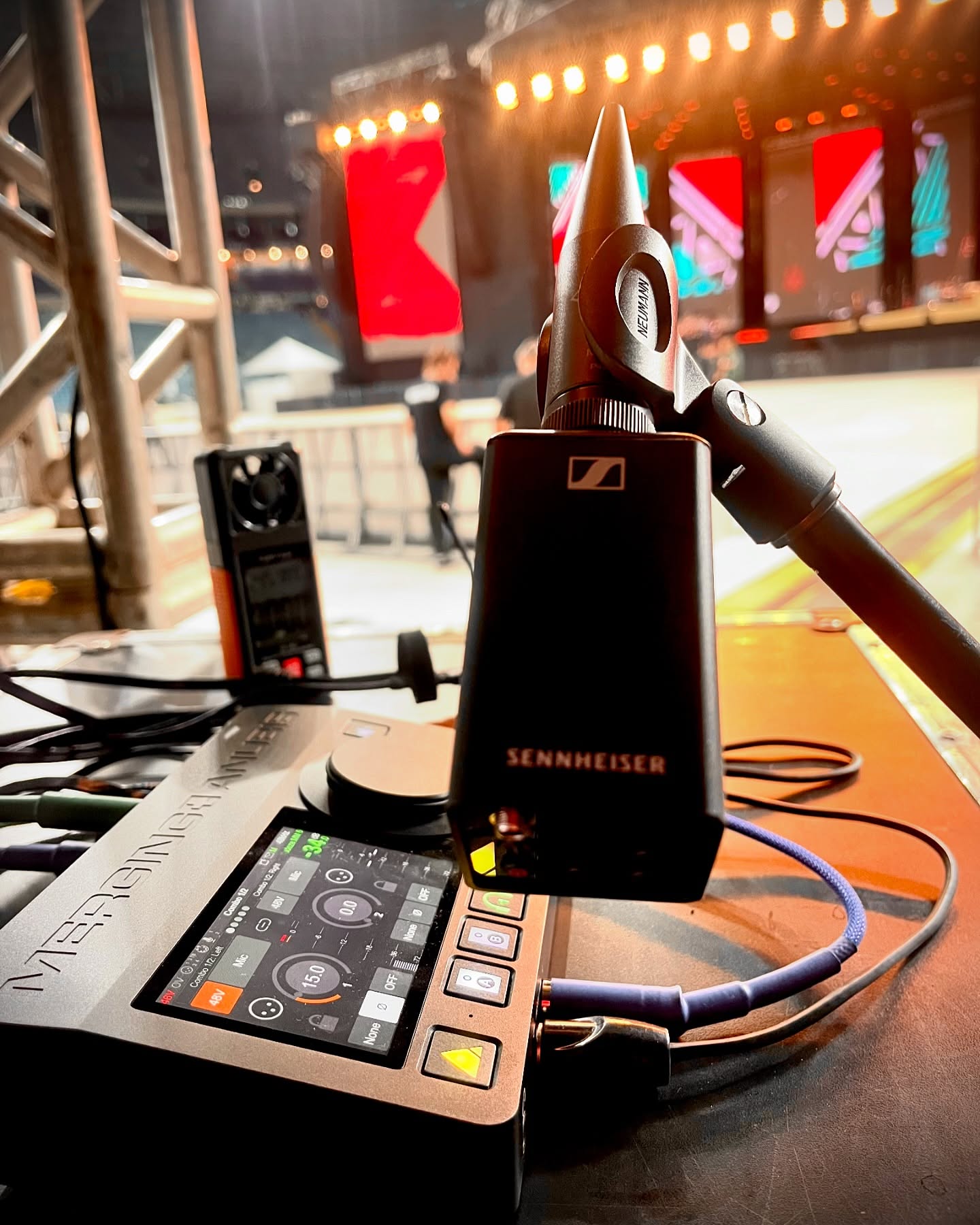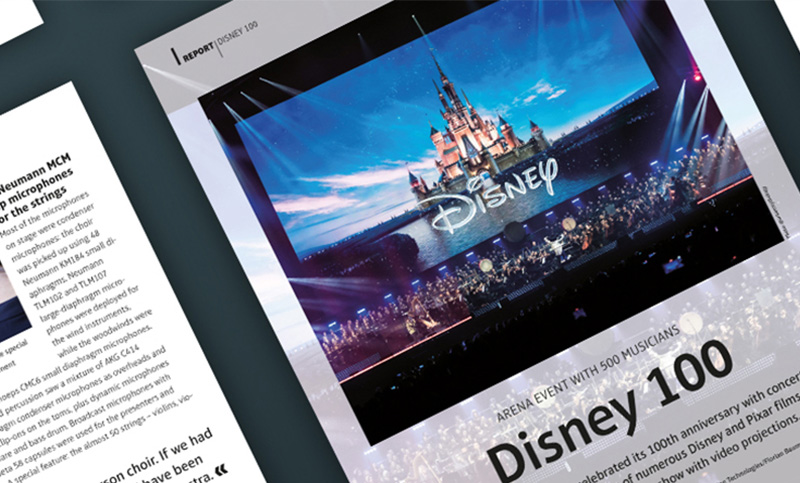-
Highlights
-
Products
-
Pyramix | Digital Audio Workstation
Ovation | Audio & Event Sequencer
ANEMAN | Audio Network Manager
Audio Tools
-
-
OEM Solutions
-
ZMAN RAVENNA/AES67
Success Stories
Studio Technologies Enhances ST 2110 Integration With Merging’s ZMAN Module
- November 25th 2024
ADI RAVENNA/AES67
Success Stories
ALSA RAVENNA/AES67
Success Stories
Comrex meets AES67 demands with a solution from Merging Technologies
- October 15th 2024
-
-
News
-
Merging to unveil Ovation 11 at ISE 2025 in Barcelona
- January 22nd 2025
Free Pyramix or Ovation Elements
with a new purchase of a Merging interface-
No end date currently
The Sennheiser Group at IBC 2024
- September 1st 2024
-
-
Sales
-
Support
-
Training
Resources
Tech Support
Downloads
-
-
Company
-
Contact Us
- Merging Technologies
- Route du Verney 4,
- 1070 Puidoux, Switzerland
- +41 (0)21 946 04 44
- General Enquiries
- OEM Enquiries
- Tech Support
Merging Technologies
What's Up?
-
Michael Perez-Cisneros
New York, USA
Grammy award winner uses Horus by Merging Technologies to take sound recording to new levels
Michael Perez-Cisneros is one of New York’s most prominent and respected sound engineers. The Grammy Award-winner likes to push creative and technical boundaries, combining his love of music with the recording process, and has found that Merging Technologies’ Horus has become an essential part of his kit, allowing him to capture sound with unmatched clarity and precision.
"I first came across the Horus because I was looking for something that would give me 24 inputs and outputs with top-notch preamps," Perez-Cisneros explains, "and when I tried it, it changed everything. The sound is so natural, it doesn’t colour the tone, it just captures exactly what’s there.”
Horus is one of the world’s most sonically transparent mic preamps and remains a market leader by providing superior audio quality with unrivalled connectivity. It can slot effortlessly into a legacy studio and instantly upgrades the quality and productivity for anyone wanting Analog/AES/MADI interconnectivity in the room. Using RAVENNA technology, Horus allows users to hook up their entire facility, using nothing more than a standard RJ45 connector. Once in RAVENNA mode, the Horus box simply becomes a node on a network, one that can be instantly called upon to be an input, an output, or a combination of both.
 Michael Perez-Cisneros
Michael Perez-Cisneros
The reliability and portability of Horus have been game-changers for Perez-Cisneros. “Before, I’d have to haul a ton of gear to sessions. Now, I can take Horus on the road with just a single cable. The setup is intuitive, and the audio quality is as good as it gets.”
One of his most memorable experiences with Horus was recording Seamus Blake, a world-class saxophonist. “It was the first time I felt like the saxophone sounded exactly like what I was hearing in the room,” he recalls. “That’s the level of clarity Horus delivers.”
Born and raised in New York, with roots firmly in Brooklyn’s musical scene, Perez-Cisneros has built a career spanning nearly three decades and multiple genres, from jazz and classical to indie rock. His work with some of the city’s most renowned musicians and at iconic venues like the Village Vanguard has cemented his reputation for impeccable sound quality and an unwavering commitment to authenticity.
From an early age, Perez-Cisneros was fascinated by recording. "I would always be hanging at my cousin's apartment in the Upper West Side, and my Uncle Max would come home and say wearily, 'Oh, another day recording.' I was curious about what that meant," Perez-Cisneros recalls. "He played on records for artists from Liza Minnelli to Lauryn Hill, and he was part of so many recordings in New York, so I was always interested in studio work."
 Horus and a Grammy
Horus and a Grammy
Thanks to his Uncle’s influence, Perez was soon dissecting the records he was listening to and trying to figure out the mechanics behind the music. “I was always curious about how records were made,” he recalls. "I would listen to bands like The Beatles, The Police and The Smiths. And it wasn’t just about the songs; it was about how the songs were made - the layers, the production. That's when I started thinking, ‘I want to be the person who helps create these sounds. How do we record this guitar? How do we make it sound like this record?' Back then, it was all trial and error," he laughs. "But I loved it. It felt like a puzzle I had to figure out."
After studying at the University of Miami and Cornish College of the Arts, Perez-Cisneros honed his recording skills, gradually building a reputation in New York’s competitive music scene but his breakthrough came when he met Kurt Rosenwinkel.
"I worked at 30th Street Guitars, a great guitar shop in New York. It was there that I met Kurt," he recounts. "He was one of the most influential jazz guitarists of our time, and I got lucky enough to work on one of his albums, Heartcore."
“I literally built his studio," he recalls. "I wired it in his apartment, and we started recording the album right there. For some of the sessions, I’d be there in the room setting up the mics, and then for others, I’d just step away and let Kurt do his thing. I just love how jazz pushes boundaries, challenging conventions and expectations. It’s a genre that’s always existed on the outskirts of mainstream music. It’s raw, it’s rebellious, and it’s all about breaking the rules – just like punk rock.”
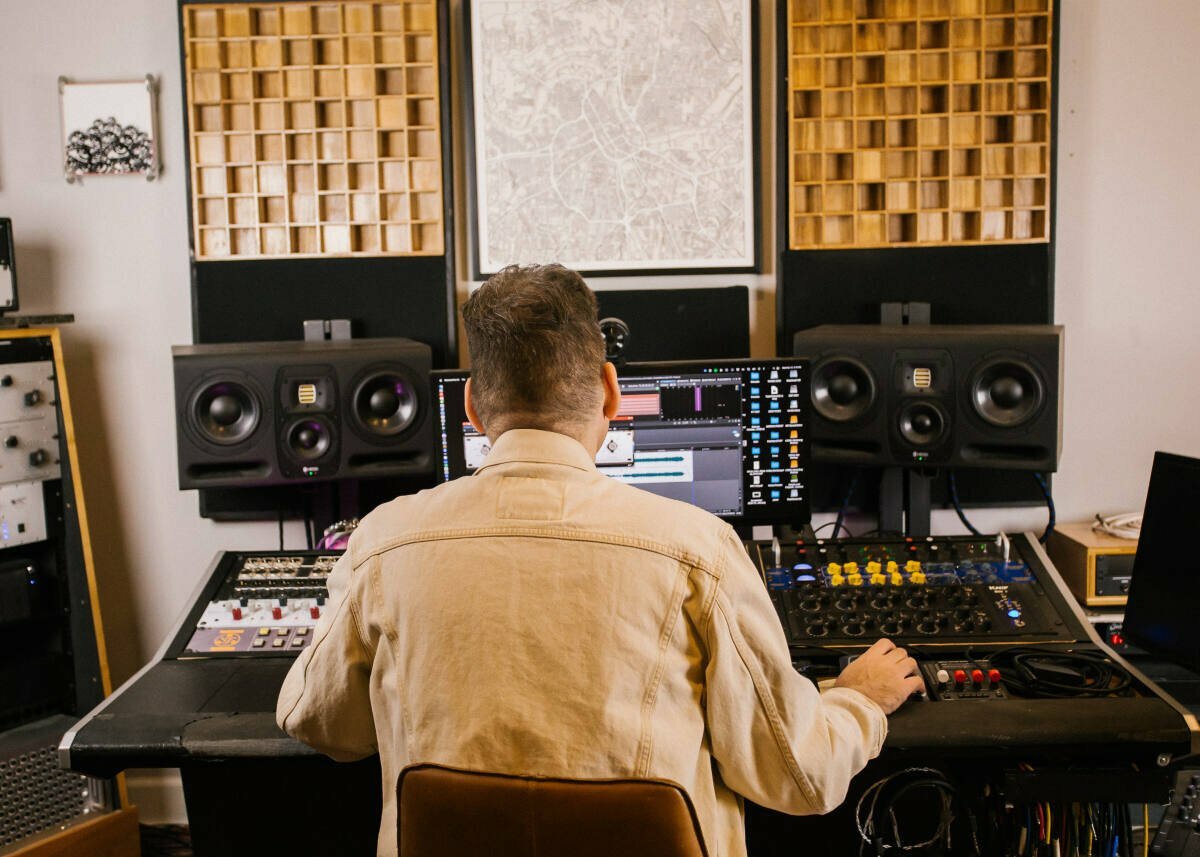 Michael Perez-Cisneros in the studio
Michael Perez-Cisneros in the studio
Perez-Cisneros’ clearly has a passion for the music he helps to create, and his approach to recording is deeply rooted in authenticity. “Jazz musicians spend years developing their unique sound, and it’s my job to capture that truthfully,” he says. “It’s not just about setting up a mic, it’s about listening, adjusting, and bringing out the soul of the music.” This philosophy extends to his choice of equipment, and this is where Merging Technologies’ Horus has played a transformative role.
This pursuit of excellence culminated in 2024 with El Arte del Bolero Vol. 2 by Miguel Zenón and Luis Perdomo, which won the GRAMMY for Best Latin Jazz Album. “That session was magic,” he says. “We had a beautiful piano, a perfect room, and the Horus capturing every nuance."
Despite decades in the industry, Perez-Cisneros remains a student of sound. “Technology keeps evolving, and so should we. That’s why I use tools like Horus, because they let me focus on the music, not the gear.”
As he looks ahead, one thing remains clear; his relentless pursuit of capturing sound at its purest will continue to shape his career. “The work is never done,” he concludes. “I’m always looking forward to what’s next.”
More info:














